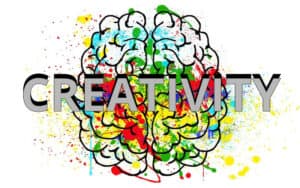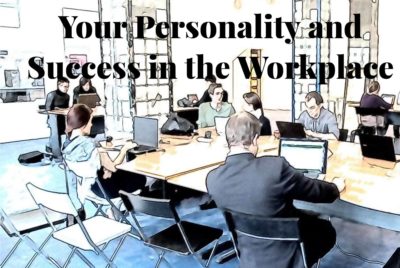All About Creativity
Creativity is the power to create anything, whether it is a solution, idea, approach, tangible product, work of art, system, or program-anything. It is the ability to produce something new through imaginative skill. This is the definition by Ronald Gross in his book Peak Learning.
We do creative thinking as we live our daily lives. When we plan our budget so we can meet our financial obligation and still have savings and a little bit for recreation; when we plan on how to coordinate and balance our work, our family, and class schedules; when we talk through a problem with your manager and find a way to understand, resolve, and come up with a solution together. These are some examples of how we do creative thinking every day.
People have changed our world because of creativity through creative innovations. Henry Ford introduced the assembly-line method of automobile construction, making cars more affordable so the average person can drive a car; Rose Parks refused to give up her seat on a bus to a white person setting off a chain of events that resulted in the civil right movement.
Ronald Gross, in his book Peak Learning, gave us the characteristics of creative people.
Characteristics of Creative People
- Willingness to take risks
- The tendency to break away from customary limitations
- The tendency to seek challenges and new experiences
- A broad range of interests in which he or she becomes absorbed
- Ability to make unique things out of available materials and objects
- The tendency to question social norms and assumptions
- Willingness to deviate from popular opinion
- Curiosity and inquisitiveness
We all have the ability to be creative. We just need to be open-minded, be able to adapt to change, and imaginative. Ronald Gross, in his book Peak Learning also gave us different ways on how to enhance our creativity.

How to Enhance Our Creativity
- Take the Broadest Possible Perspective.
- Choose the Best Atmosphere.
- Give Yourself Time
- Gather Varied Input
- Don’t Get Hooked on Finding the One Right Answer
- Don’t Always Be Logical
- Break the Rules Sometimes
- Be Impractical
- Let Yourself Play
- Let Yourself Go a Little Crazy
- Don’t Fear Failure
- Always Consider Yourself Creative
When we take a moment, think, and apply our creativity, we are brainstorming. Brainstorming is a creative process that combines many of the creative strategies to come up with the best possible option for a given problem. It can be used for problem-solving, decision making, or even when preparing to write. Whenever we open our minds and think of all the other options available and possible, we are brainstorming. Ronald Gross, in his book Peak Learning also gave us three rules for brainstorming.
3 Rules for Brainstorming
- Don’t evaluate or criticize an idea right away. Write all your ideas down; think of all the possible options then assess them all to come up with the best option.
- Focus on quantity, don’t worry about quantity until later. Write as many ideas as possible regardless if you think they are feasible or unrealistic right now. Assess and decide on them later on.
- Let yourself consider wild and out of this world ideas. Explore all ideas from the simple to the complex, from the normal to the outrageous. Do not rule something out too quickly. Scrutinize, examine, question, leave no stone unturned so you can make the best and educated judgment considering all the current circumstances and possible scenarios.
In Summary
Jean Jacques Rousseau said, “The world of reality has its limits. The world of imagination is boundless.” So let’s be imaginative, let’s be creative. Let’s get out of our comfort zones and start thinking outside the box. Let us use what we have learned and apply them to create new ideas, perspectives, and options. The realities we know now can change in a heartbeat. The out of this world ideas can be the reality tomorrow. That is the beauty of life; it is ever-changing, always evolving. This is how we create a better tomorrow for ourselves, our families, and the world we live in.
Source
Gross, Ronald. (1999). Peak Learning. Hudson Street, New York., Pearson Custom Publishing, p. 313-319


